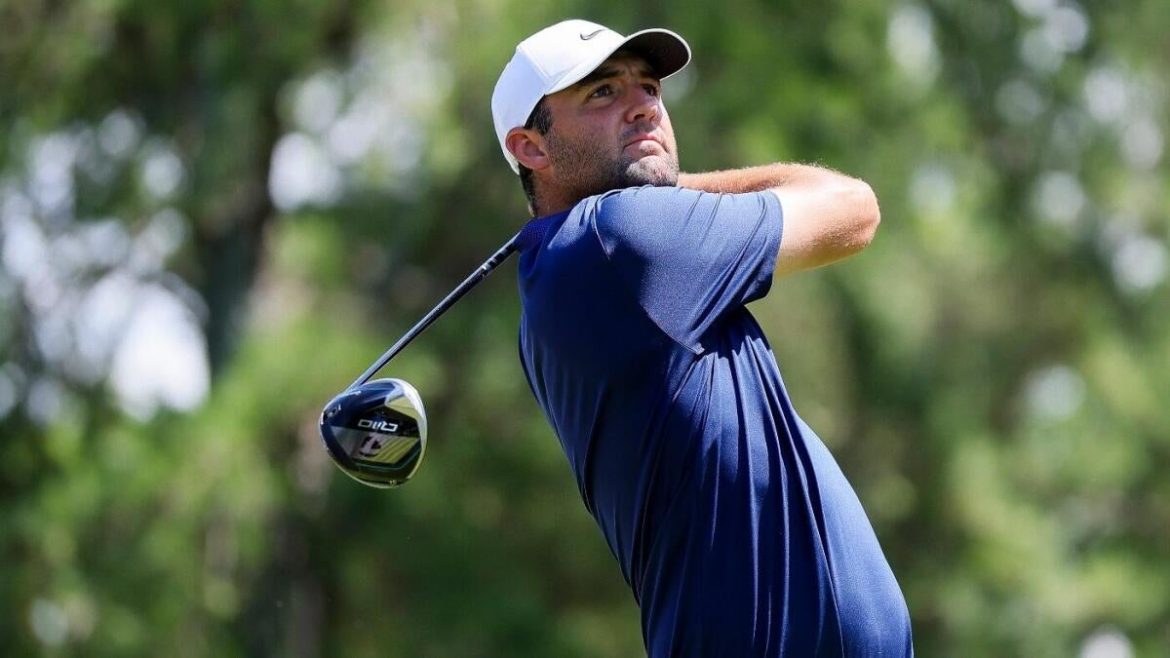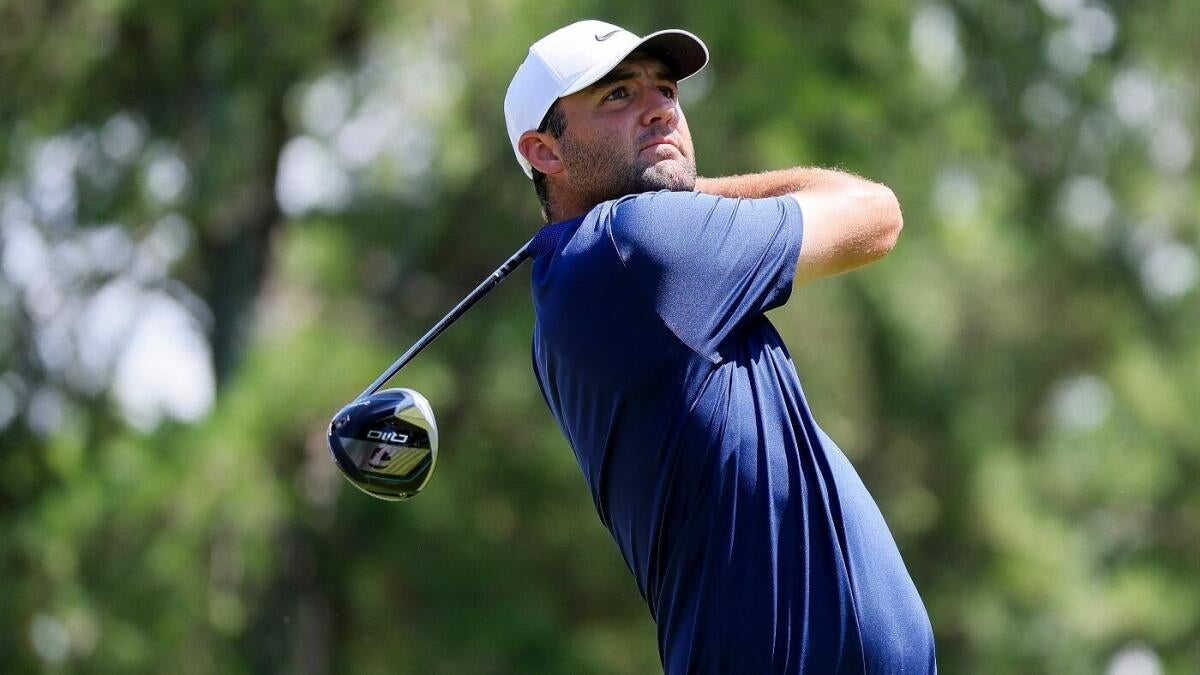An Examination of Driver Testing Controversy at the 2025 PGA Championship
The 2025 PGA Championship has been marked not only by compelling play from leading golfers but also by significant controversy surrounding equipment regulations, particularly USGA driver testing. Central figures such as Rory McIlroy, Scottie Scheffler, and Xander Schauffele have been directly implicated in issues relating to non-conforming drivers, raising questions about the fairness, transparency, and scope of equipment compliance testing on the PGA Tour. This report unpacks the emerging narrative and player reactions, providing insight into the complexities faced in modern professional golf tournaments.
The Driver Testing Issue: An Overview
In the lead-up and during the 2025 PGA Championship at Quail Hollow Club, reports surfaced that Rory McIlroy was forced to replace his primary driver after it failed a USGA-mandated conformity test. This sudden equipment switch required McIlroy to compete with a backup driver, a development that captured media and fan attention alike. Compounding the situation, Schauffele publicly suggested that Scottie Scheffler—who, like McIlroy, is a top-ranked player and contender—also faced a similar driver compliance issue, necessitating the use of a backup driver during the tournament.
The United States Golf Association (USGA) and PGA of America confirmed that random testing of drivers was conducted on approximately 50 players, including major names, although Schauffele criticized the testing’s limited scope, advocating for all competitors’ equipment to undergo inspection. He emphasized that restricting testing to a subset of players undermines fairness and transparency, as “It’s not right to just test 50 guys.”
Implications on Player Performance and Tournament Integrity
The impact of enforced driver changes was evident in player performances and heightened the conversation about fairness. Both McIlroy and Scheffler, amidst equipment adjustments, struggled at points during the championship—for example, all three leading players, including Schauffele himself, notably double-bogeyed the same hole early in the tournament.
Schauffele lamented the difficulty of performing after a last-minute equipment change, pointing out the fine margins in professional golf. Handling a driver altered by testing protocols disrupts a player’s rhythm and feel, critical components cultivated over years. This throws into sharp relief the tension between maintaining regulatory standards and preserving competitive equity.
Additionally, the episode spotlighted frustrations about playing conditions, such as muddy fairways and lack of preferred lies despite heavy rains before the tournament. These environmental challenges, combined with sudden equipment swaps, created an atmosphere where control and predictability were diminished—a scenario several top players described as “kind of stupid” and exasperating.
Player Perspectives and Calls for Transparency
Xander Schauffele emerged as a vocal critic of the current driver testing regime. Beyond expressing personal frustrations, Schauffele’s statements insinuated that McIlroy was not an isolated case, hinting that multiple top players shared the burden of non-conforming drivers. His critique extended to the testing process itself, which he views as inconsistent and inadequate in scope.
This raised broader questions within the golf community about the clarity of equipment standards, enforcement practices, and communication from governing bodies. Fans and analysts alike wondered how top companies like TaylorMade, whose drivers were flagged, navigate these evolving regulations, especially given the significant financial and reputational implications.
Meanwhile, McIlroy maintained a low profile regarding the issue, notably skipping media appearances during the championship. This reticence fueled speculation and intensified interest in the issue but also highlighted a degree of discomfort among players about publicly challenging governing institutions.
The Competitive Context: Rivalries and Season Impacts
The driver testing saga unfolded amid a fiercely competitive season. Scottie Scheffler, despite alleged driver issues, clinched the 2024 PGA Tour Player of the Season award with seven victories, including a Masters title. McIlroy and Schauffele remained key contenders, with Schauffele defending his PGA Championship crown, underscoring their prominence among the top echelon.
The tension over equipment testing intersected with ongoing rivalries and narratives about dominance in men’s golf. Media coverage also entertained lighter notes, such as McIlroy’s sartorial choices interpreted as jabs at Scheffler, reflecting a competitive but dynamic interpersonal landscape.
Broader Reflections on Equipment Regulations in Modern Golf
This driver controversy is emblematic of broader challenges facing professional golf. Advances in technology continuously push boundaries, tempting players and manufacturers to optimize performance within, or sometimes beyond, regulatory limits. Governing bodies face the difficult task of preserving the sport’s integrity while allowing room for innovation.
The randomness and selective nature of driver testing emerged as a particular sticking point in 2025. Schauffele’s call for comprehensive testing suggests a desire to level the playing field and avoid perceptions of selective enforcement. However, critics might argue comprehensive testing imposes logistical burdens and creates additional stress for players who already operate under intense scrutiny.
Conclusion: Navigating Fairness and Technology in Elite Golf
The 2025 PGA Championship highlighted an ongoing and evolving challenge: ensuring fairness in a sport where technology and human skill intersect profoundly. The USGA’s equipment testing, while essential, must balance thoroughness and fairness against practical constraints. Players like Xander Schauffele have brought attention to potential inconsistencies and the emotional toll sudden equipment changes impose on athletes striving for excellence.
As Rory McIlroy, Scottie Scheffler, and Schauffele continue shaping the sport’s competitive narrative, their experiences serve as case studies in the complex interplay between regulatory oversight and player performance. The controversy underscores the need for transparent, equitable, and widely applied standards, fostering trust not only among players but also with fans and stakeholders invested in golf’s integrity.
In the quest to uphold the spirit of competition amid technological evolution, embracing open dialogue, comprehensive testing protocols, and fair enforcement will be paramount. The lessons from the 2025 PGA Championship’s driver testing saga stand as a significant chapter in modern golf’s ongoing story, one calling for thoughtful adaptation to maintain the sport’s revered traditions and high standards.





